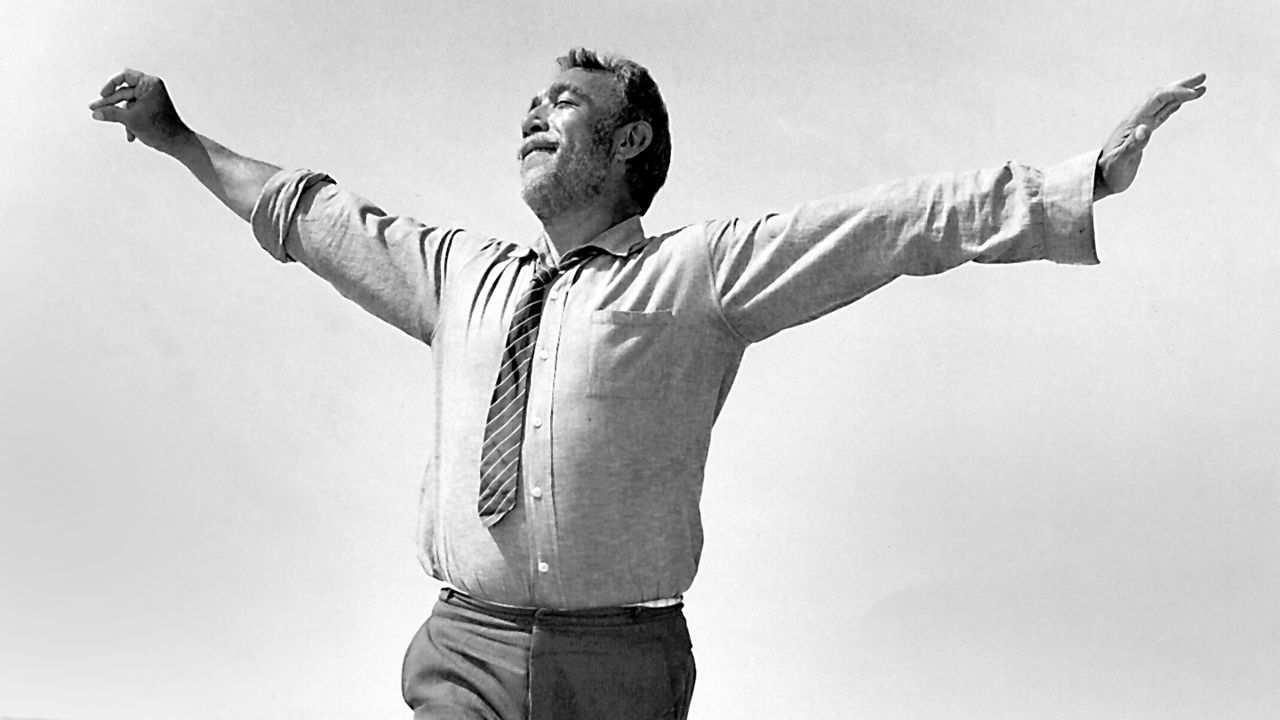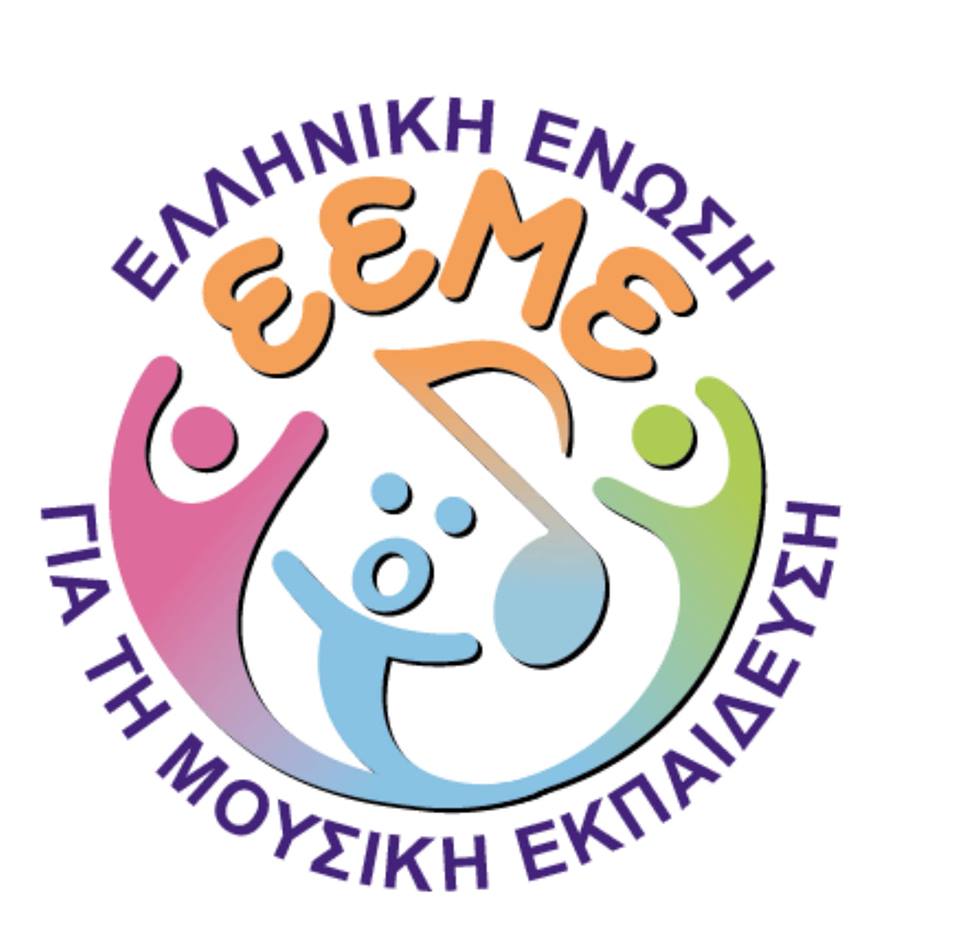The Richness and Variety of the Music of Greece and Crete
By Peter Anick
Sometime back in the 6th century BC, the Greek mathematician (and lyre player) Pythagoras noticed that harmonious tones resulted from certain ratios of the lengths of vibrating strings. It was this observation that led to the development of modern music theory with its numeric intervals and modes.
Unfortunately, music theory is still “Greek” to many of us, but what about Greek music itself? Have you ever wondered what Greek musicians have been up to since those heady days when Apollo and Dionysus were holding jam sessions in the halls of Mount Olympus?
A Weekend Immersed in Traditional Greek Music
My curiosity was stirred up by a local festival of Greek music and dance that featured some of the top traditional music ensembles from Greece. I spent a weekend enjoying the music — and getting an unexpected education. One of the groups played mountain music from Epiros on a pair of clarinets, a violin, a long necked laouto and drum.
As the concert began, my untrained ear wondered why they were spending so much time tuning up on stage. I eventually came to the realization that they were not tuning up at all, but rather playing their first number. As the concert progressed, my ears gradually adjusted to the unusual harmonic intervals, and I became entranced by their slow meandering orchestrations.
A second group presented the dance music of Crete. Vasilis Skoulas, accompanied by guitar, laouto, and mandolin, played the lyra, a pear-shaped fiddle which I learned is the principal traditional instrument of Crete. Alternating his vocals and instrumental breaks in a kind of call and response, Skoulas’ music was entirely different — driving, intense and exhilarating.

By the time Mario and the Tombourlika Ensemble finished their presentation of urban Greek music (rembetika and smyrneika) the next day, my ears and brain were positively overwhelmed by the variety of sounds.
Overwhelmed or not, this introductory nibble at the Greek musical salad whetted my appetite for a bigger bite. A full meal, I reckoned, would take longer than Homer’s Odyssey to digest! But a 10-day trip to the salad bar — that I could probably handle. I started my pilgrimage at Delphi, the ancient center of worship for Apollo, the god of music.
While the famous oracle of Delphi is long gone, you can still stand in the large outdoor theatre where they used to hold fiddle contests as part of the Pythian Games. What’s more, in the nearby museum you can see what is perhaps the world’s oldest piece of written music. Carved into a large 2200 year-old block of stone are the lyrics to a poem telling the story of Apollo along with notations indicating the pitch. This is not exactly the kind of sheet music that would fit on a music stand, but perhaps it was suitable for visitors to Delphi that wished to sing a few bars to Apollo before getting their fortunes told.
Exploring the Music of Crete
After driving north and taking a few days to experience Byzantine Greece in the eagle’s nest monasteries of Meteora, I headed south to Crete, the largest island of Greece. I had arranged to spend a few days at the MAZOXI dance camp to get a dancer’s view of the music. I should have known that the dances would be every bit as complex as the music itself. But just as I suspected, trying to understand Greek music without relating it to the dance would have been impossible. Instructor Christos Theologos explained:
“The dances show our feelings. It’s like a body language. Every dance shows something different. There are religious dances. In these, I communicate with God. In other dances, I have a need to feel sad, because of the words in the song. Other dances are to show happiness or love. Every dance has a different history. For example, in Asia Minor before 1922, there were people who lived there with the Turkish people. In this area, they made the signal of the cross when they danced to show their nationality and to pantomime the sentiment ‘from my heart to you.
There is also the influence of nature and the climate. In the mountains, the dance is very strong, because the land is bad and we had to work very hard. But in the islands, we imitate the waves in the dance. In the mountains, the costumes are heavy and wool, so movement is more difficult and the dances are closed. But where clothes are light, the dance is light and free.”
Delving Into the Cretan Dance Culture
Over the course of several days, the dances started to make some sense. In spite of two left feet, I experienced occasional moments of joy when my brain stopped trying to count out the time signature and my body just seemed to move with the music.
I had heard rumors about panagiri, village festivals held on the name day corresponding to the saint of the village. The MAZOXI directors tipped me off to one to be held in Oros, a mountain village up the road a ways.
I joined forces with Marie-Louise, an archaeologist who spoke Greek and didn’t mind driving off into the pitch black hills at 11 o’clock at night. We headed into the darkness for what I half suspected to be a wild goose chase. But many labyrinthine turns later, we arrived at a tiny village center to find that things were only just getting started.
A band was playing the intense and exciting lyra music that I recalled from the Vasilis Skoulas concert. Tables were filling up with townsfolk settling down for food and drink. We immediately found ourselves invited to join a table by a recently engaged couple from out of town who were likewise enjoying the ambience.
Before long, several men had formed a circle in front of the band. As the pace of the dance accelerated, the leader improvised a set of athletic leaps and turns, then passed the lead spot on to the next in line. As the night progressed, the circle grew larger and larger. Most of the dances mixed men and women, but some appeared to be for women or men only.
Others, purchased by a small offering to the band, were reserved for specific family and friends. At several points, someone pulled out a pistol and fired shots into the air, all part of the celebration (I hoped).
Eventually, the couple at our table convinced us to join them for a dance, so after some practice to the side, we joined in the line. For a short moment, hands joined with my neighbors’, caught up in the push and pull of the communal circle, I felt I understood what this music is all about.
An Exclusive Interview with Lyra Player Giorgos Mouzourakis
The next day, the MAZOXI folks had contacted a lyra player for me to interview: Giorgos Mouzourakis, the oldest musician on the island, was reputed to be one of the best players in his time. I again conscripted Marie-Louise to act as interpreter and we headed across the island to the southern coast. Giorgos still played with panache and a sense of humor, and after the interview, the ninety-five year-old proceeded to put on a cassette of his own music and showed he could still dance the intricate Cretan figures as well.
The Craftsmanship of Lyra Making in Rethimnon
On the northern coast of the island lies the city of Rethimnon, one of Crete’s main tourist centers. It was there that I tracked down the workshop of George Papalexakis, a lyra maker. His shop opened up right onto the small street. Dozens of lyras hung from the walls of his shop, from simple student models to beautiful orchestral instruments adorned with elaborate inlay and horse head scrolls.
George graciously explained how he carves out the rounded back of the instrument from a solid piece of mulberry or walnut, adding as a special touch the outline of a local songbird known for its melodious voice. Like the violin, the lyra has a soundpost that rests below the foot of the bridge. But, instead of f-holes, the top sports two semi-circular sound holes.
George estimates it takes him a hundred hours to complete a lyra. His shop is definitely the place to go if you are tempted to purchase a lyra or would like to see one up close. Both George and his son Nicos also play their instruments, so you can get a sample of the sound as well, making it even harder to walk away without one.
The Musical Legacy of the Minoan Civilization
It would, of course, be ridiculous to visit Crete without exploring the ancient Minoan city of Knossos, site of the legendary labyrinth and the oldest street in Europe. Knossos lies just outside the other major city of modern-day Crete, Iraklion. Some forty-five minutes to the south, not far from the cave where Zeus grew up and Pythagoras may have pondered the beginnings of music theory, lies the town of Anogia.
This mountain village was once the lyra-playing center of Crete, and you might be lucky enough to catch the Skoulas orchestra playing for a traditional wedding here at the Delina Taverna. I myself missed the chance by a day.
However, I did enjoy the presentation of Greek music and dance at the “Arolithos Village,” a hotel complex in nearby Tylissos built in the style of a traditional Cretan village. It was there that I saw my first example of spontaneous “free dancing” in which one dancer at a time expresses his or her feelings to the music, while friends and family kneel and clap their encouragement.
Athens and Its Underrated Musical Museum
I ended up my tour of Greece in Athens, wandering the streets of the charming Plaka area in the shadow of the Parthenon. You can catch street musicians here playing for tips during the day and enjoy live rembetika music in the restaurants at night.
But for the musical tourist, perhaps the least advertised gem of Athens is the tiny Museum of Greek Popular Musical Instruments. On display are examples of all the traditional instruments of Greece, each accompanied by a set of head phones so that you can hear the instrument as you admire the workmanship. The museum’s gift shop has a large selection of books and CDs relating to traditional music, offering a good opportunity to pick something up for the trip home.
Read more:



